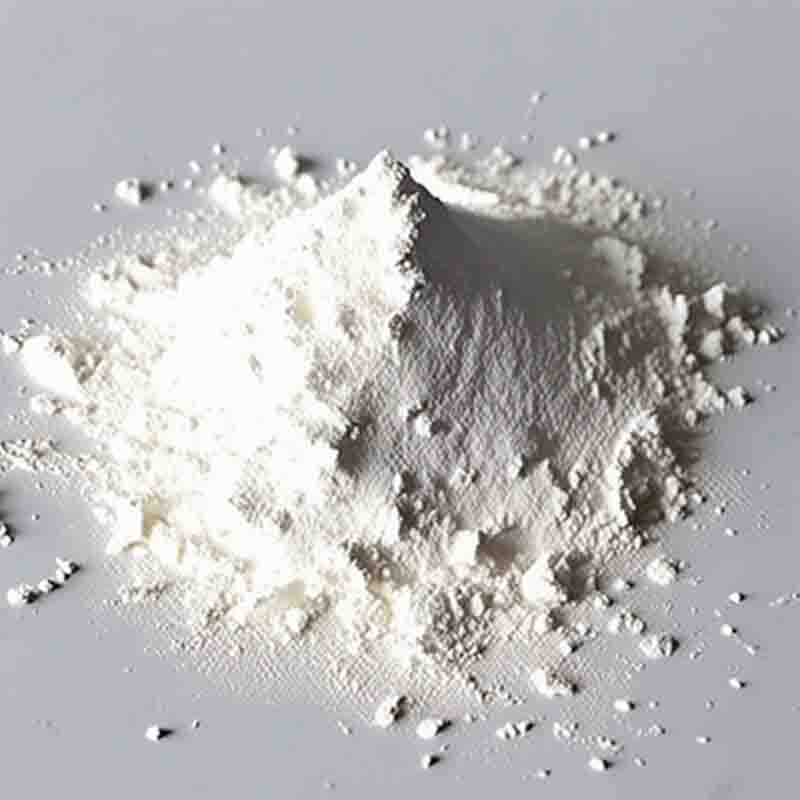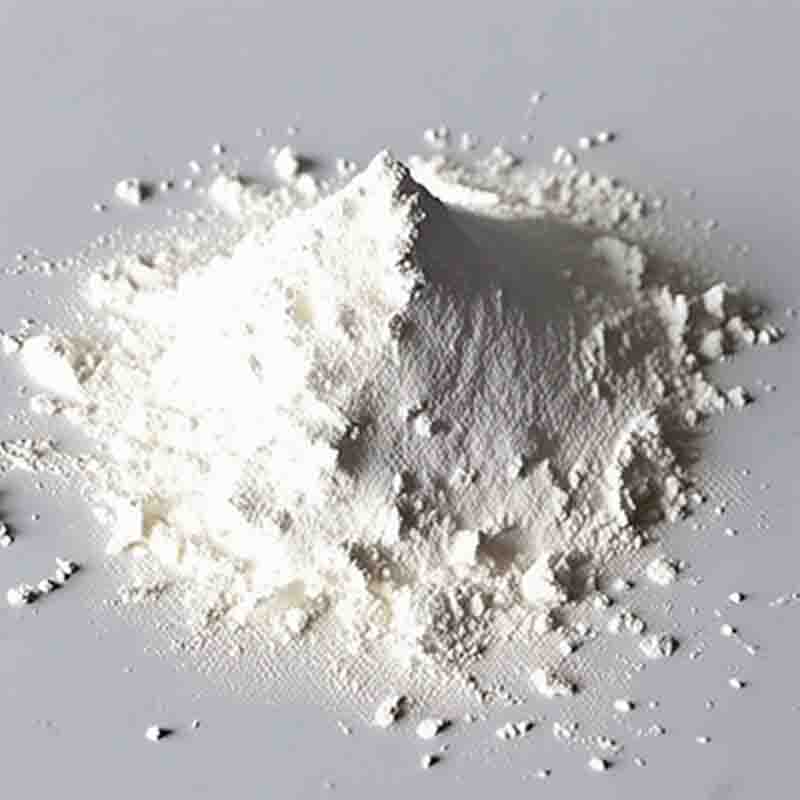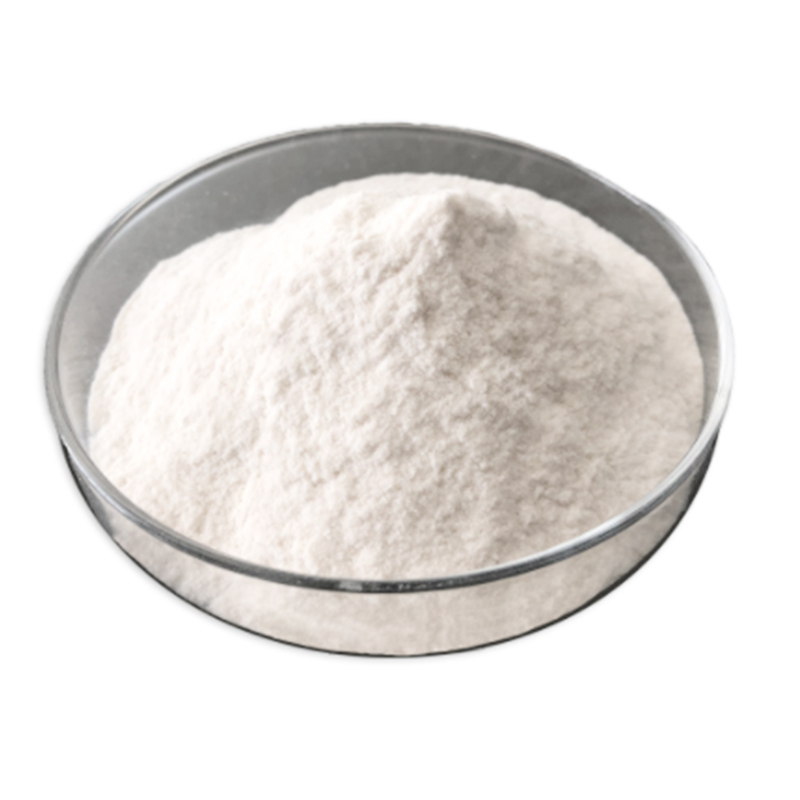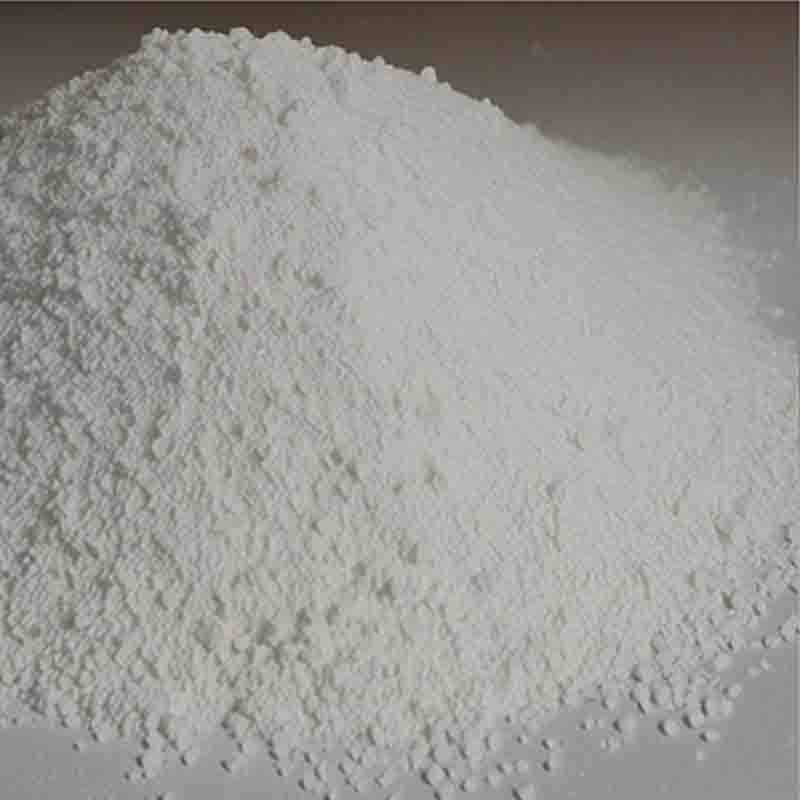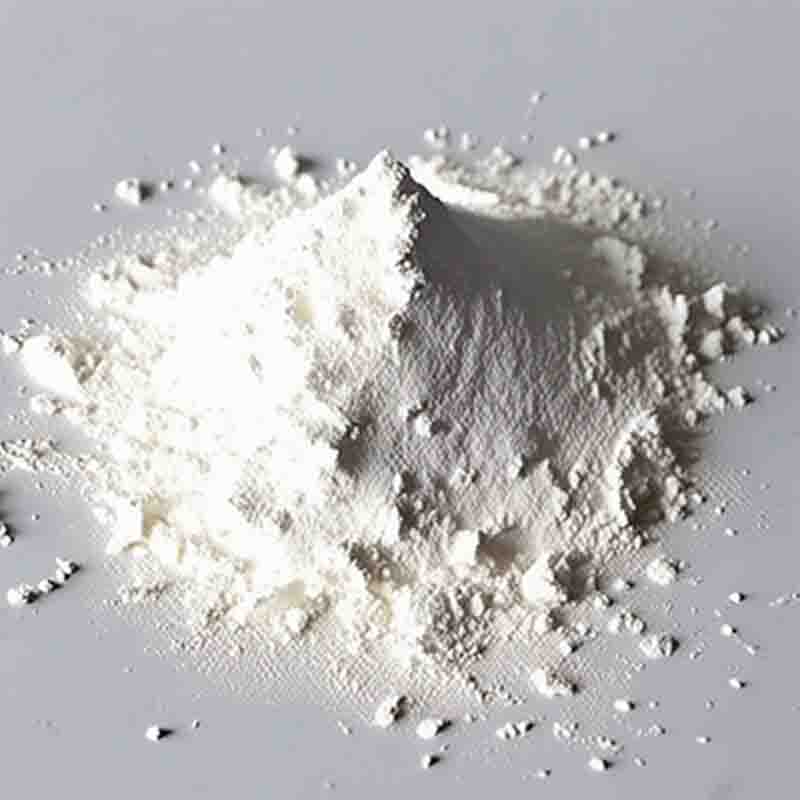6-Bromoisatin CAS: 6326-79-0
| Catalog Number | XD95208 |
| Product Name | 6-Bromoisatin |
| CAS | 6326-79-0 |
| Molecular Formula | C8H4BrNO2 |
| Molecular Weight | 226.03 |
| Storage Details | Ambient |
Product Specification
| Appearance | White powder |
| Assay | 99% min |
6-Bromoisatin is a chemical compound that has various applications in different industries. Its unique structure and properties make it valuable in several areas.
In the field of pharmaceuticals, 6-Bromoisatin is used as a key intermediate in the synthesis of pharmaceutical compounds. Its bromine group can serve as a reactive site for further chemical modifications, allowing the creation of new drug molecules with desired properties. Additionally, the presence of the isatin moiety can contribute to the pharmacological activity of the final drug product.
Furthermore, 6-Bromoisatin finds applications in organic synthesis as a versatile building block. Its unique combination of bromine and isatin groups allows it to participate in various chemical reactions, such as nucleophilic substitution or cross-coupling reactions, enabling the creation of complex organic molecules. This compound's versatility makes it valuable for the synthesis of a wide range of organic compounds, including dyes, pigments, and specialty chemicals.
In the field of materials science, 6-Bromoisatin can be used as a precursor for the synthesis of functional materials. Its unique structure can be utilized for the introduction of specific functional groups or as a reactive site for polymerization reactions. This compound's incorporation into materials can enhance their properties, such as thermal stability, mechanical strength, or optical properties.
Moreover, 6-Bromoisatin has potential applications in the field of agrochemicals as a key intermediate for the synthesis of pesticides or herbicides. Its unique structure can contribute to the desired biological activity of the final agrochemical product.
In conclusion, 6-Bromoisatin has diverse applications in pharmaceutical synthesis, organic chemistry, materials science, and agrochemicals. Its unique structure and properties make it valuable as a key intermediate for drug synthesis, a building block for functional materials, and a precursor for agrochemicals. Continued research and development are expanding the potential applications of this compound in these fields.


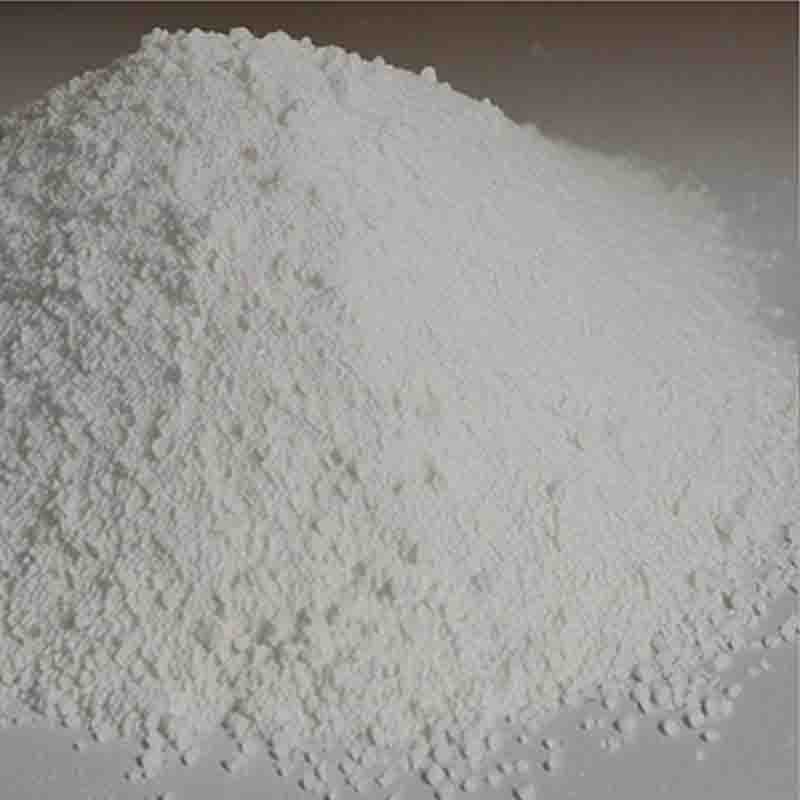

![1-(Dimethylamino)-3-[2-[2-(3-methoxyphenyl)ethyl]phenoxy]-2-propanolhydrochloride CAS: 135261-74-4](https://cdn.globalso.com/xdbiochems/白色粉末1905.jpg)
